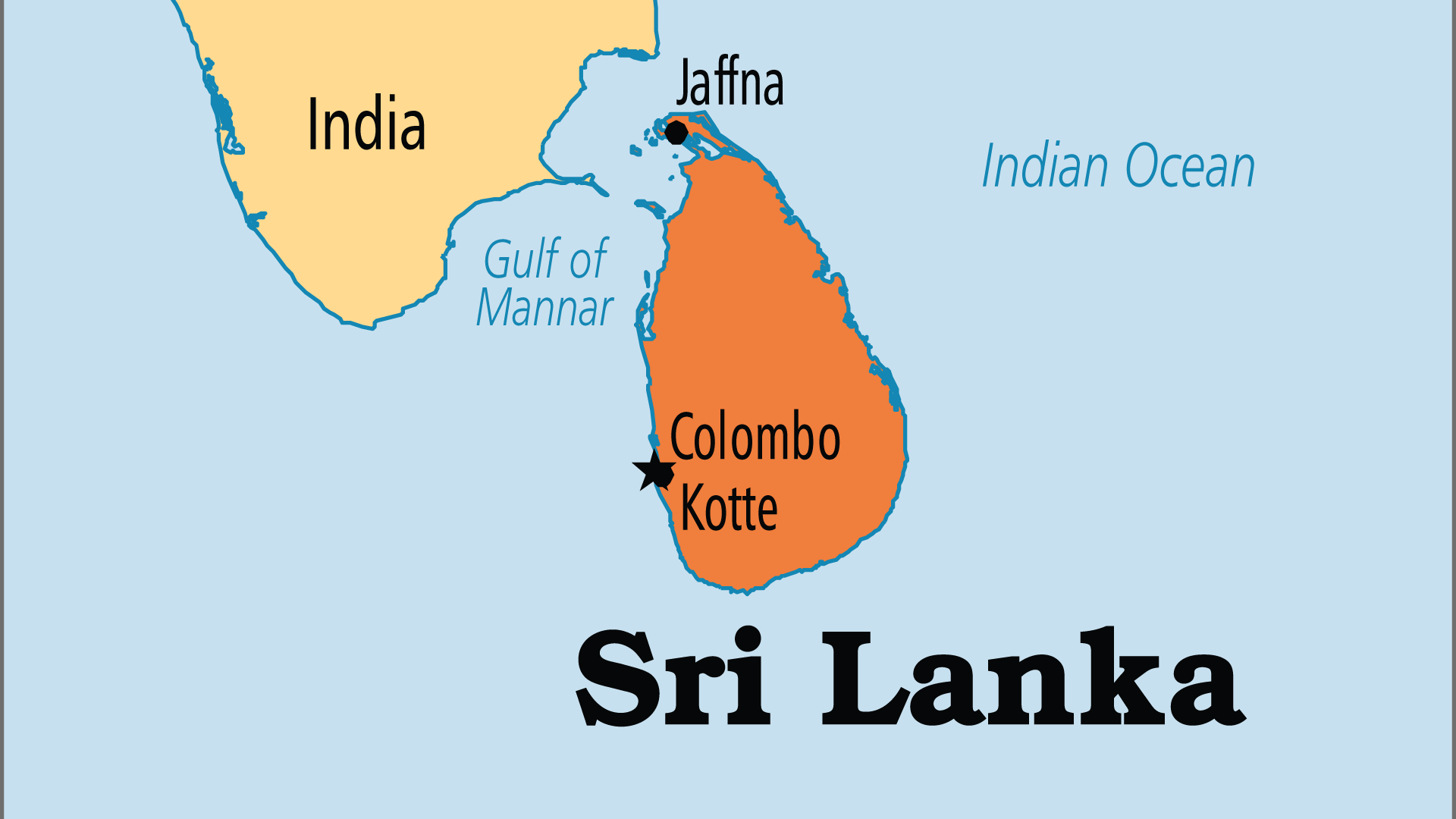International Relations
India-China-Sri Lanka Triangle
- 12 Jan 2022
- 6 min read
For Prelims: Rubber-Rice Pact 1952, BIMSTEC, SAARC, SAGAR and the IORA
For Mains: Chinese Foreign Minister Visit to Sri Lanka. China-Sri Lanka Ties
Why in News
Recently, the Chinese Foreign Minister (CFM) visited Sri Lanka.
- At a meeting, CFM proposed a forum for Indian Ocean island nations and also asserted that no “third party” should interfere in China-Sri Lanka ties.
- While the name of the third party was not revealed, it was a clear reference to India.
Key Points
- Highlights of CFM Visit to Sri Lanka
- The CFM visit envisaged launching celebrations marking the 70th anniversary of the historic Rubber-Rice Pact 1952 and the 65th anniversary of the establishment of diplomatic relations between China and Sri Lanka.
- Under the Rubber-Rice Pact, China needed to import rubber and other supplies and Sri Lanka, for whom rubber was a key export, was facing a rise in the price of rice and a slump in the price of rubber.
- CFM asserted that the two sides should make good use of “the two engines”, referring to the Colombo Port City in Colombo and the Hambantota Port (also in Sri Lanka).
- He urged Sri Lanka to consider the prospects of the Regional Comprehensive Economic Partnership (RCEP) and restart talks on a free-trade agreement.
- A “forum on the development of Indian Ocean island countries” to build consensus and synergy and promote common development, was also proposed.
- The CFM visit envisaged launching celebrations marking the 70th anniversary of the historic Rubber-Rice Pact 1952 and the 65th anniversary of the establishment of diplomatic relations between China and Sri Lanka.
- About China-Sri Lanka Ties:
- Largest Creditor to Sri Lanka: China is the largest bilateral creditor to the country.
- Its loans to the Sri Lankan public sector amount to 15% of the central government’s external debt.
- Sri Lanka heavily relies on Chinese credit to address its foreign debt burden.
- Investment in Infrastructure Projects: China has invested about USD 12 billion in Sri Lanka’s infrastructure projects between 2006-19.
- Shifting Interests of Smaller Nations: Sri Lanka’s economic crisis may further push it to align its policies with China’s interests.
- China’s Pursuit in the Indian Ocean: China enjoys friendlier waters in South Asia and the Indian Ocean than it does in Southeast Asia and the Pacific.
- China faces opposition from Taiwan, territorial disputes in the South China Sea and East Asia, and myriad frictions with the US and Australia.
- Largest Creditor to Sri Lanka: China is the largest bilateral creditor to the country.
- India’s Concerns:
- Opposition to SAGAR Initiative: The proposed Indian Ocean island countries forum sounded in opposition to Prime Minister of India’s SAGAR (Security and Growth for All in the Region) initiative.
- SAGAR is India’s strategic vision for the Indian Ocean Region (IOR).
- Issues Emanating from Two Engines of Growth: China has formal control over Sri Lanka’s Hambantota port as a part of a 99-year lease.
- Sri Lanka has decided to establish a Special Economic Zone around the Colombo port city and a new economic commission, to be funded by China.
- The Colombo port handles 60% of India’s trans-shipment cargo.
- Leasing of Hambantota and the Colombo Port City project makes it almost certain for the Chinese navy to have a permanent presence in the Indian Ocean which will be worrisome for India’s national security.
- This Chinese strategy to encircle India is referred to as the Strings of Pearls Strategy.
- Influencing India’s Neighbours: Other South Asian nations like Bangladesh, Nepal and the Maldives have also been turning to China to finance large-scale infrastructure projects.
- Opposition to SAGAR Initiative: The proposed Indian Ocean island countries forum sounded in opposition to Prime Minister of India’s SAGAR (Security and Growth for All in the Region) initiative.
Way Forward
- Preserving Strategic Interests: Nurturing the Neighbourhood First policy with Sri Lanka is important for India to preserve its strategic interests in the Indian Ocean region.
- Taking Advantage of Regional Platforms: Platforms like the BIMSTEC, SAARC, SAGAR and the IORA could be leveraged to foster cooperation in fields like technology-driven agriculture, marine sector development, IT & communication infrastructure etc.
- Restraining Chinese Expansion: India will need to continue to work on the Kankesanturai port in Jaffna and the oil tank farm project in Trincomalee to ensure that China does not make any further inroads in Sri Lanka.
- Both countries can also cooperate on enhancing private sector investments to create economic resilience.
- Leveraging India’s Soft Power: In the technology sector, India can create job opportunities in Sri Lanka by expanding the presence of its IT companies.
- These organizations can create thousands of direct and indirect jobs and boost the island nation’s service economy.







